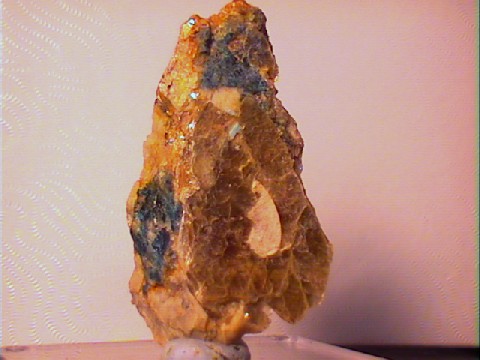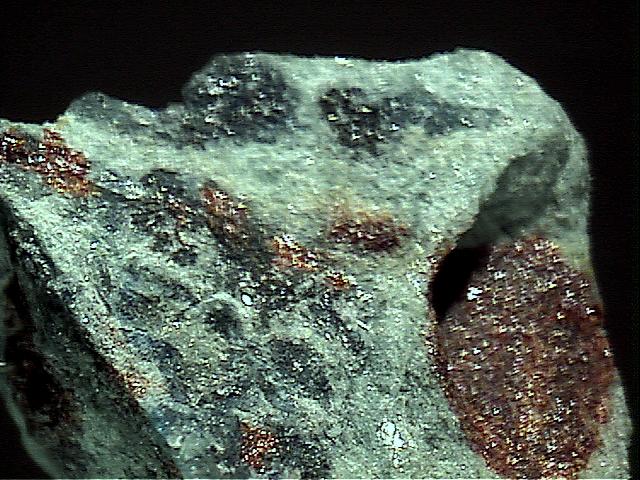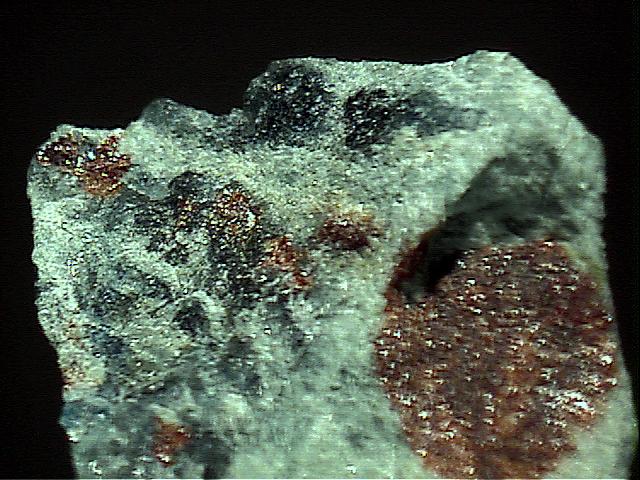 THE MINERAL SCORZALITE
THE MINERAL SCORZALITE
- Chemistry: (Fe, Mg)Al2(PO4)2(OH)2, Iron Magnesium Aluminum Phosphate Hydroxide.
- Class: Phosphates
- Uses: mineral specimens and ornamental stone.
Specimens
Scorzalite is a rare phosphate mineral. It was only recognized as a distinct mineral in the last 50 years. Scorzalite is in a solid solution series with the mineral lazulite. A solid solution series is a set of two or more minerals that have a couple of elements that substitute freely for each other. The lazulite-scorzalite series ranges from the magnesium rich lazulite to the iron rich scorzalite. The rarer scorzalite does not differ appreciably, except that it tends to be darker, less transparent and denser than lazulite.
PHYSICAL CHARACTERISTICS:
- Color is dark azure-blue.
- Luster is vitreous to dull.
- Transparency: Specimens are translucent.
- Crystal System: is monoclinic; 2/m
- Crystal Habits include a dipyramidal form that comes close to looking like a distorted octahedron, usually flattened to the point of being a tabular crystal. Also granular and massive.
- Cleavage is distinct in one direction.
- Fracture is uneven.
- Hardness is 6.
- Specific Gravity is approximately 3.4 (above average for translucent minerals).
- Streak is pale blue.
- Associated Minerals are quartz, rutile, kyanite, andalusite, garnets, muscovite, corundum, wardite, brazilianite and siderite.
- Other Characteristics: Only slightly soluable in warm hydrochloric acid.
- Notable Occurrences: Menas Gerias, Brazil and most localities that contain lazulite will have some crystals of scorzalite.
- Best Field Indicators: are dark blue color, poor reaction to acids, crystal habit, slightly higher density than lazulite, associations and localities.





